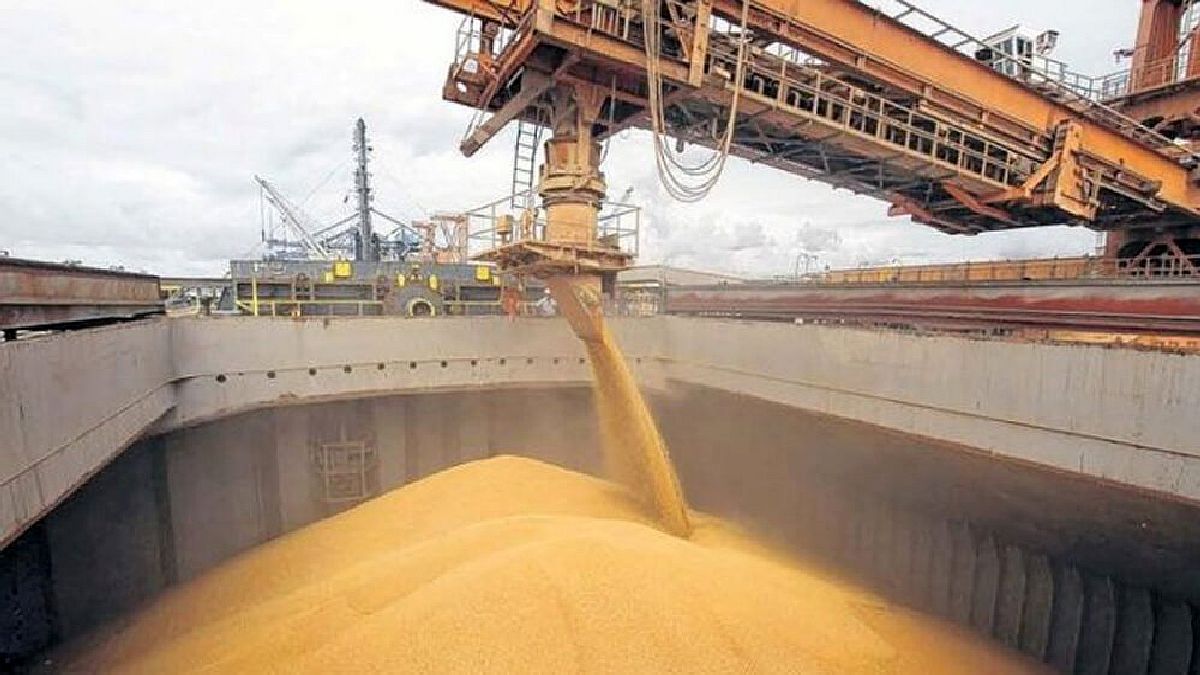Meanwhile, according to Ecolatina, thanks to the implementation of the soybean dollar, the seasonal reduction in energy imports and the continuity of the restrictions for the rest of the purchases abroad, a trade surplus of more than US$8 billion is projected for this 2022.
In short, the more than US$8 billion that entered through the soybean dollar will make a difference this year but there are also warning signs on the horizon and that is why the Government seeks to take more care than ever of the dollars obtained and strictly monitor foreign currency destined for imports.
“This export rebound is essential to meet the multiple needs of Argentina’s external accounts. However, the upward path of imports grows well above exports, which prevents sustaining the trade surplus over time. August was consolidated as the third consecutive month with a trade deficit, and although the accumulated figure for the year still shows a surplus, the outlook for the year 2023 is worrying, in view of the climatic situation for the end of the campaign”, they explain from the Rosario Stock Exchange.
For better or for worse, Argentina depends on an open-air factory, that is, the result of the agricultural campaign and for now, the so-called fine campaign that includes the cultivation of wheat and sorghum is going through a severe drought that will inevitably reduce the balance local exportable and therefore foreign exchange income. Estimated foreign exchange earnings losses are currently around $1.5 billion, but could be more.
Wheat dollars should begin to arrive in a key period for the local economy, such as the end of December and the beginning of January, although that projection today does not seem very encouraging. That is why the Government seeks to anticipate what may be a dollar drought between December and the first two months of 2023.
As for how the foreign exchange earnings from exports will continue for the remainder of the year. The October-November-December quarter will show a strong retraction in terms of the field. This month they would earn no more than US$1.5 billion and for the following month the figure could be similar. Finally, for the last month of the year the result of the wheat campaign will be crucial.
In turn, industry and other sectors that generate foreign currency, according to the projections of the Rosario Stock Exchange, would contribute US$4.3 billion in October, a figure similar to that of November, and another US$4.5 billion in December..
Source: Ambito
David William is a talented author who has made a name for himself in the world of writing. He is a professional author who writes on a wide range of topics, from general interest to opinion news. David is currently working as a writer at 24 hours worlds where he brings his unique perspective and in-depth research to his articles, making them both informative and engaging.




